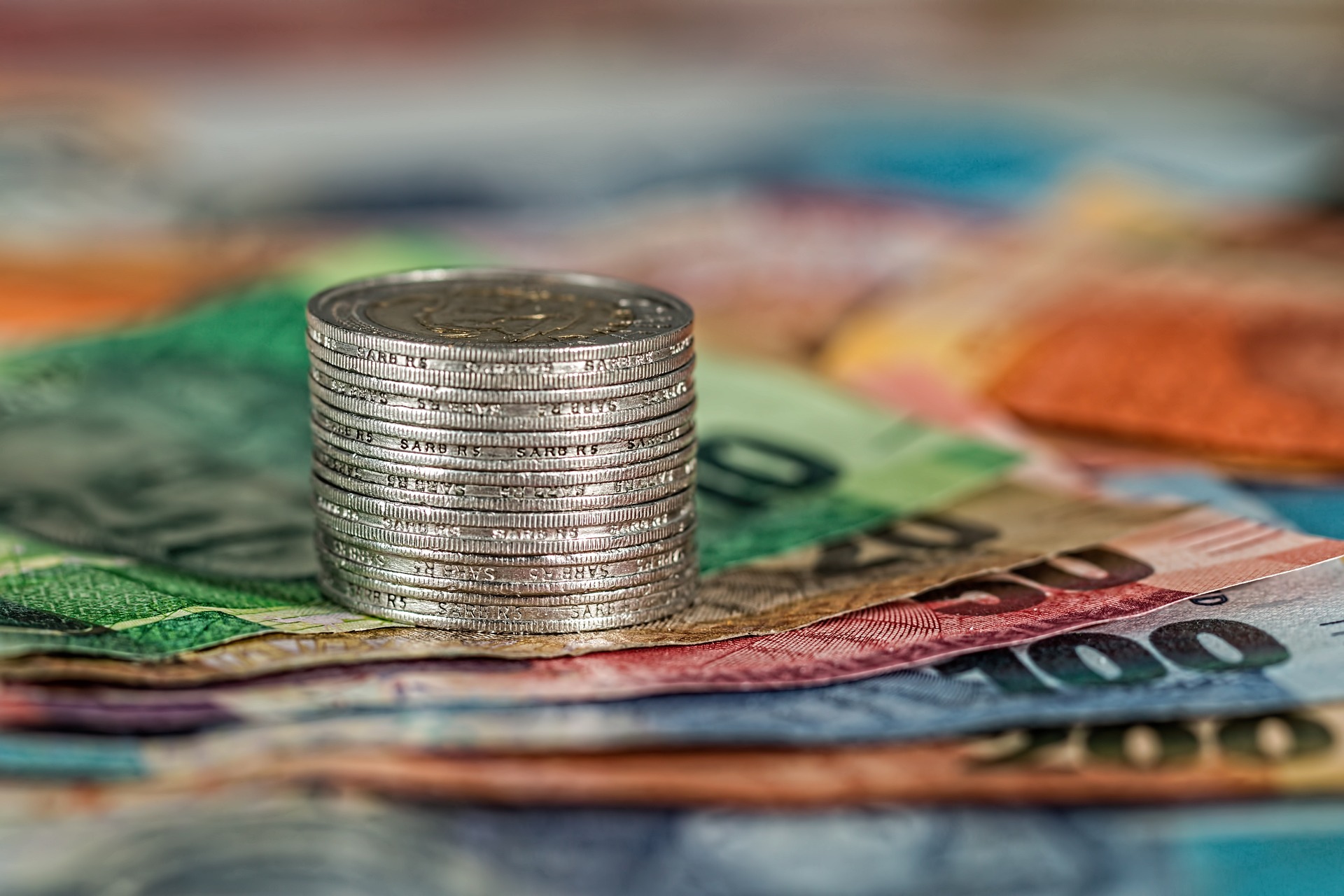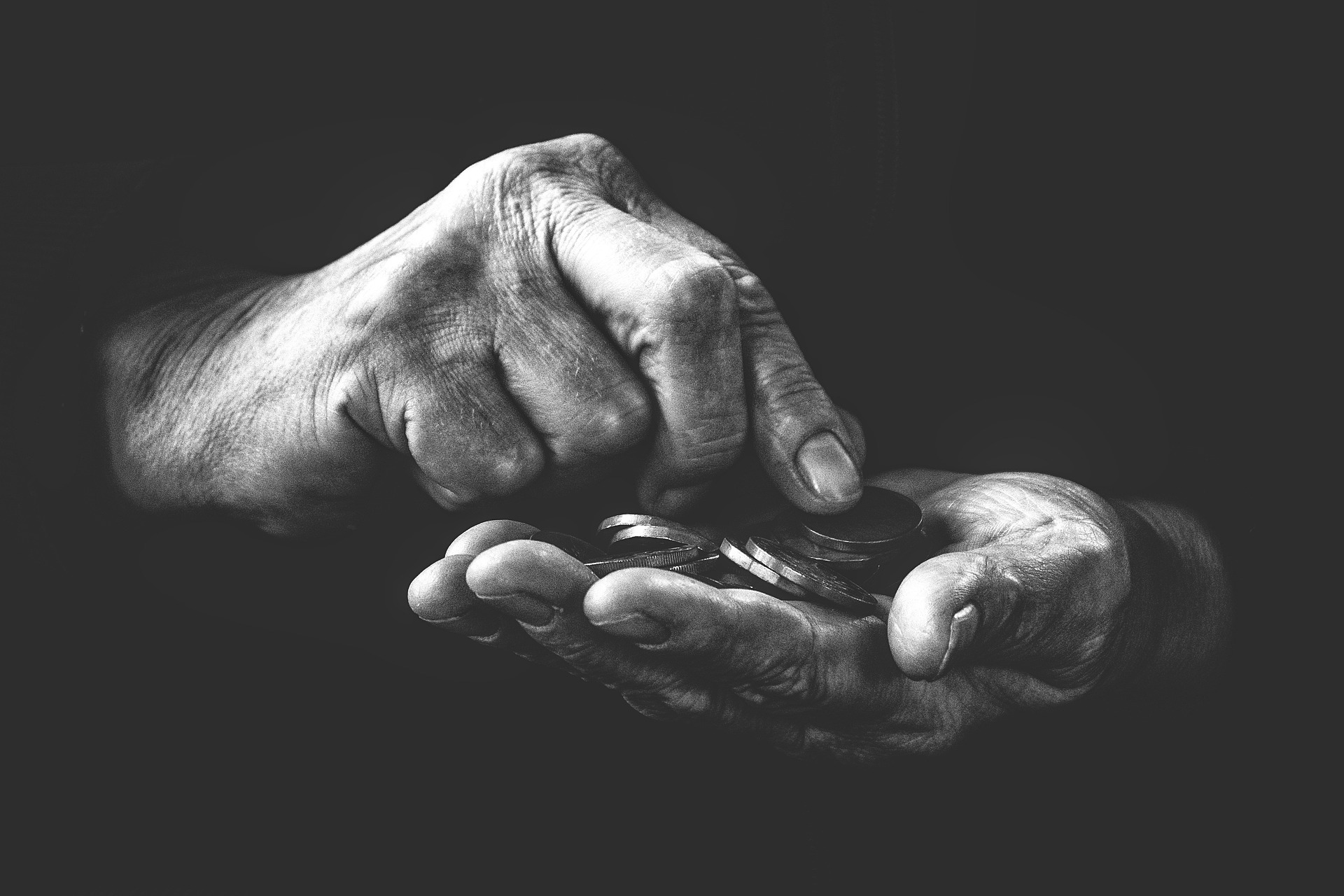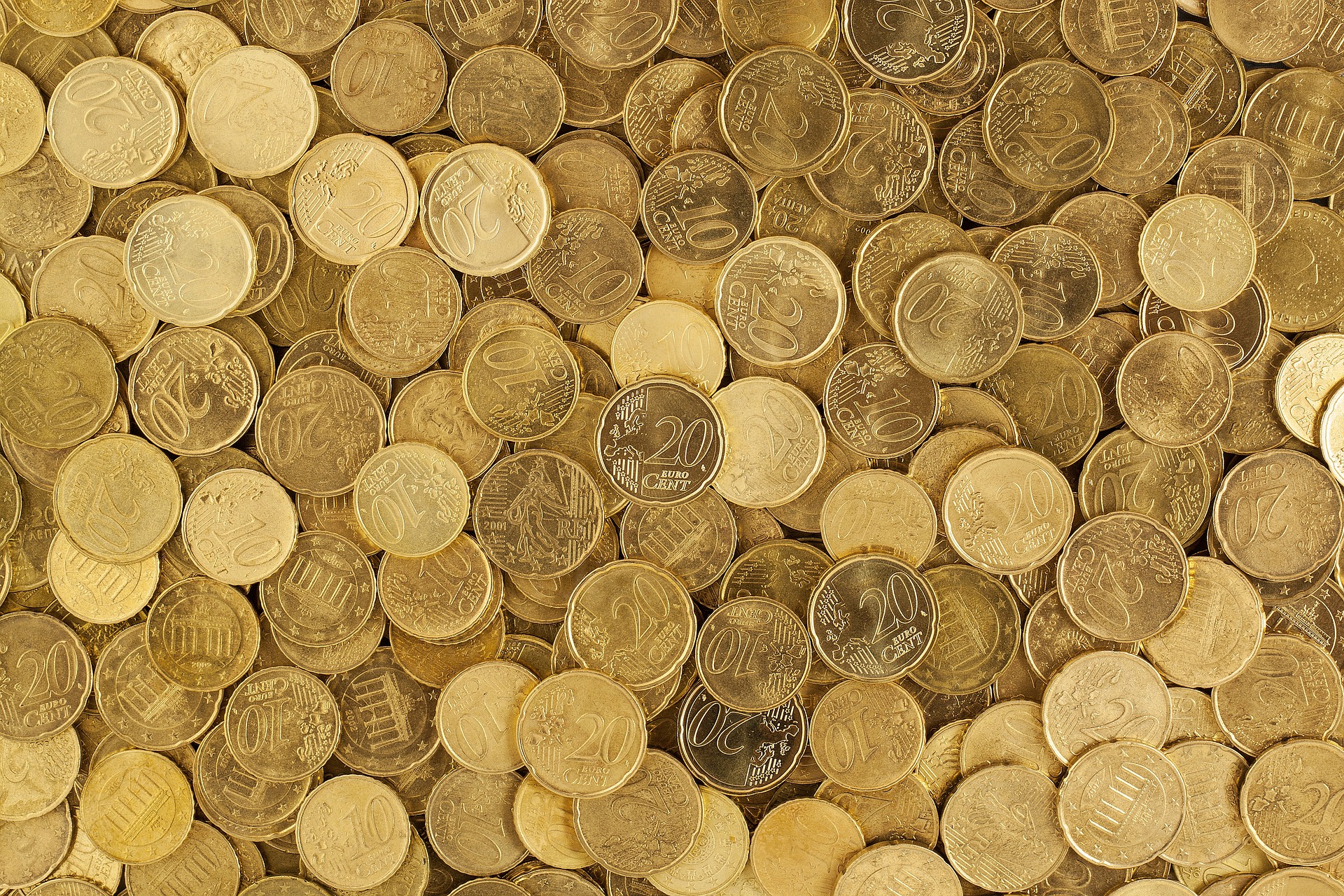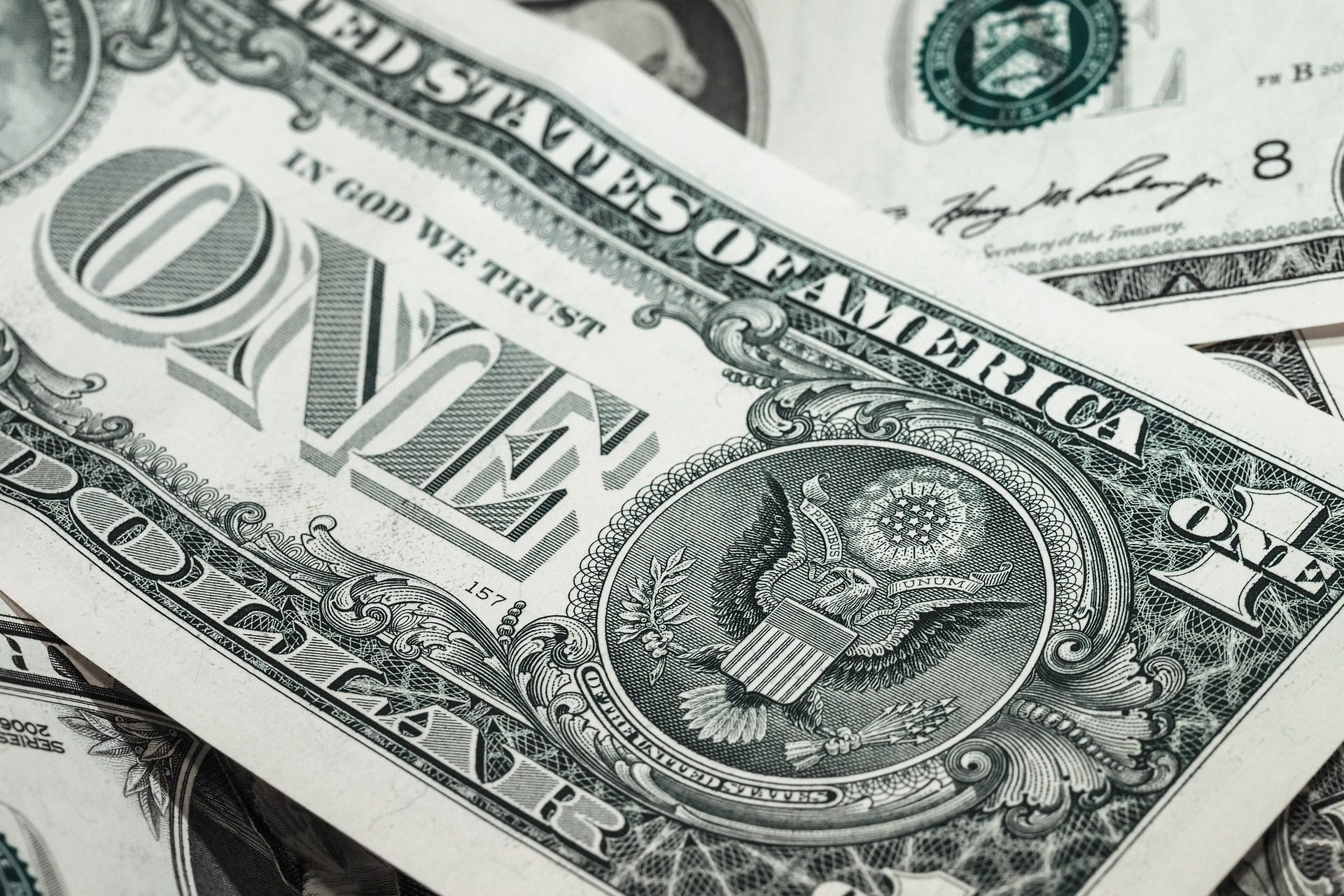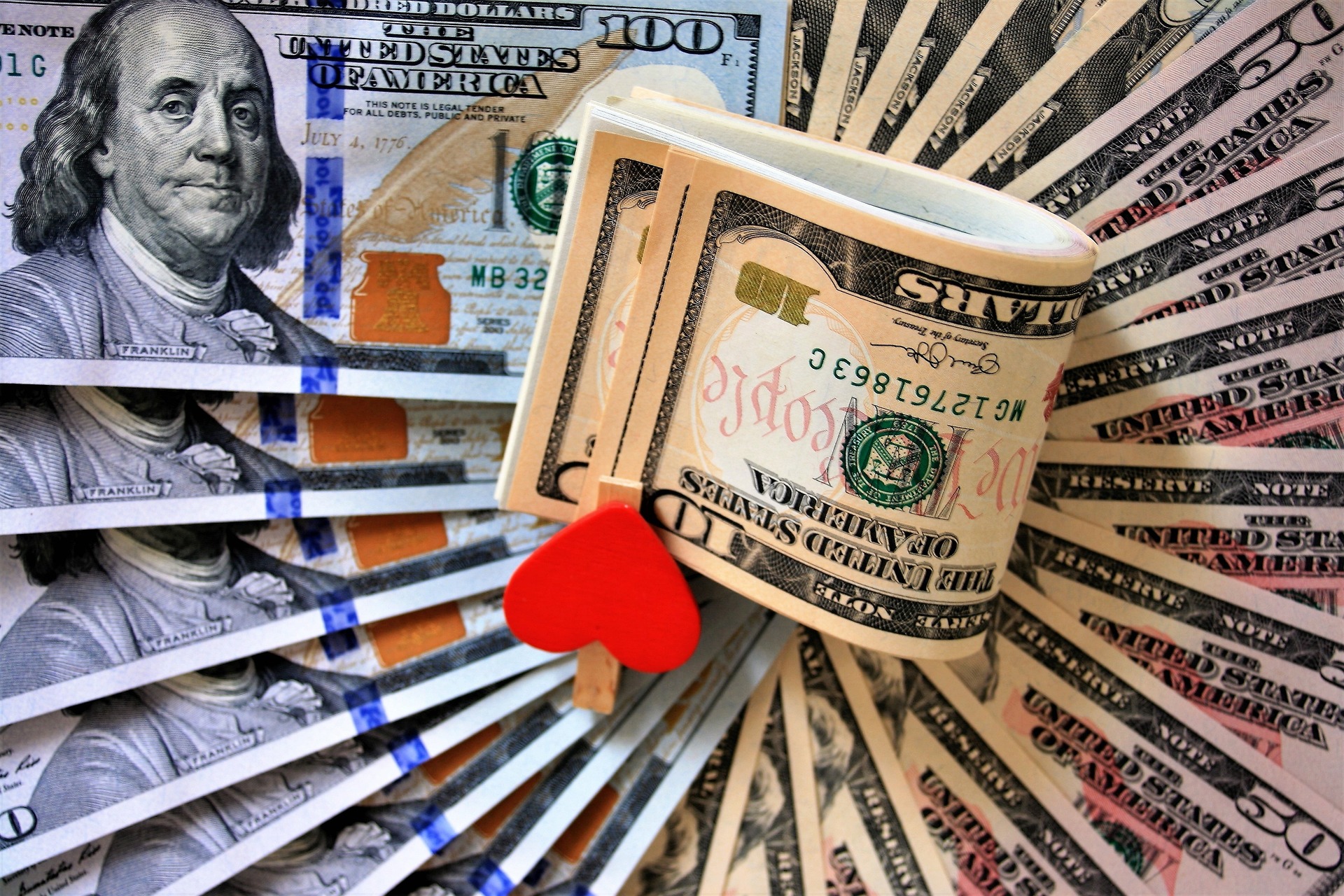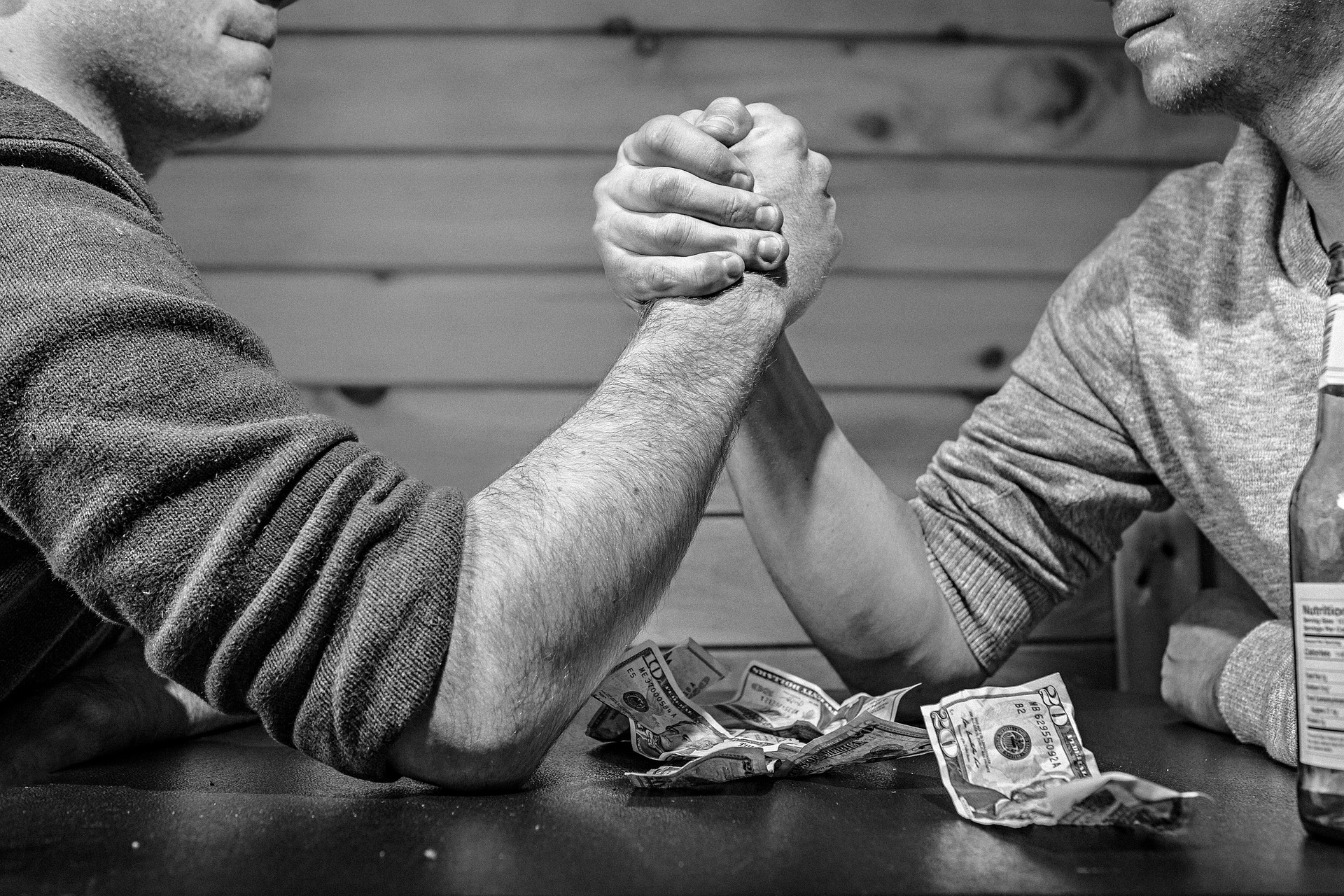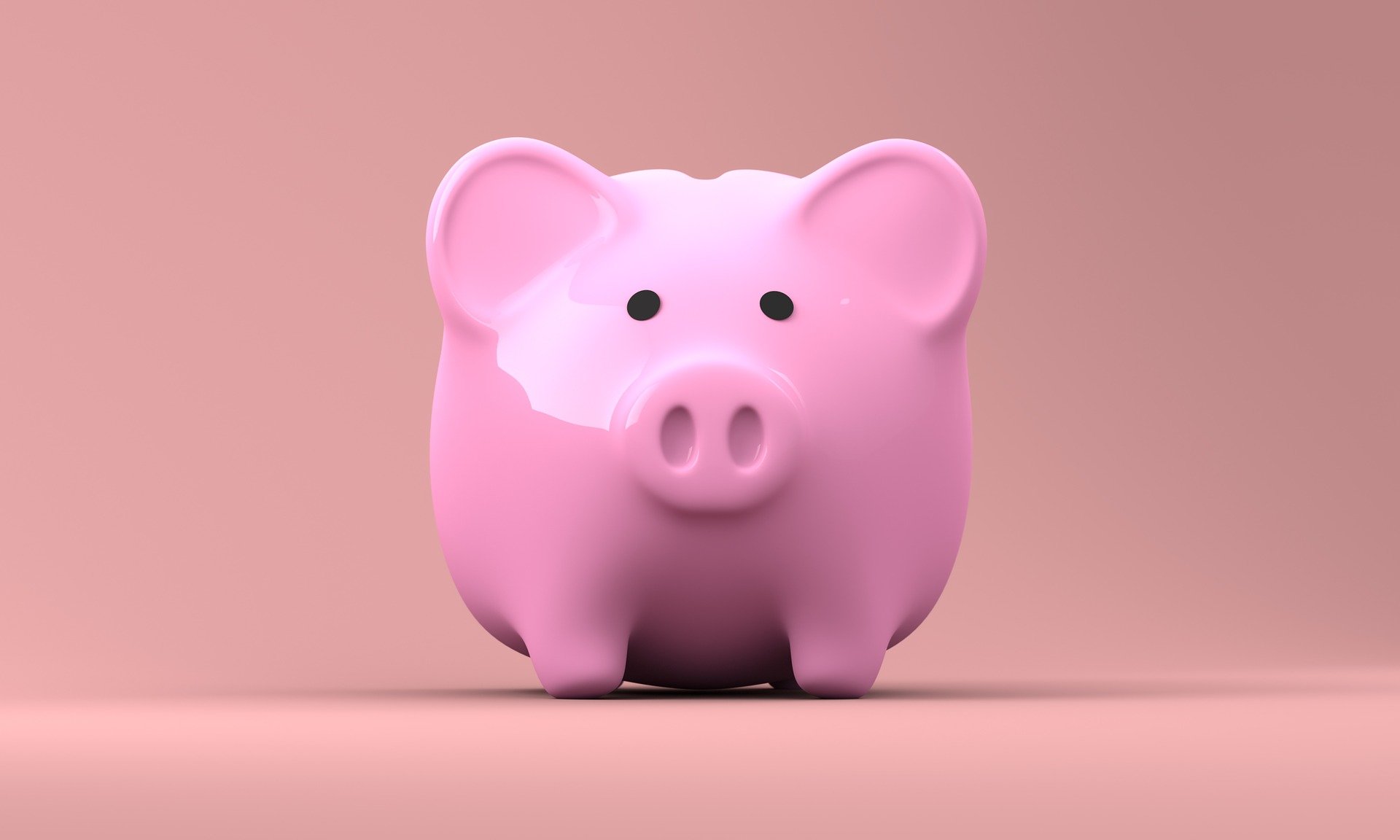Dirty money: How much bacteria is on banknotes and coins?
Cash, dough, moolah, greens, quids… Countless people use banknotes and coins every day, but few think about the amount of germs that money gathers along the way.
Researchers from New York University began The Dirty Money Project studying, paper money from several countries. They discovered in 2014 that a single banknote can contain up to 3,000 different types of bacteria.
Photo: Pixabay / stevepb
Coins, on the other hand, are less likely to being contaminated with bacteria over a longer period of time, due to the material they are made of.
Photo: Pixabay / Frantisek_Krejci
Researchers at the University Medical Center Hamburg-Eppendorf found that bacteria on a banknote can still be fully detected after one day. However, chances on finding them on a coin they are reduced by 99%, according to the German news website Utopia.de.
Photo: Pixabay / image4you
Copper possesses an antibacterial effect, while the cotton fibers of banknotes don't. This is why bacteria cannot survive on coins for as long as on banknotes.
Photo: Pixabay / TBIT
But should you be concerned about the bacteria that live in your cash? According to the scientists from the Dirty Money Project, there's nothing to worry about.
Photo: Pixabay / pasja1000
Germs on objects are seldom a risk, and in fact they help to train your immune system.
Photo: Pixabay / JillWellington
Of course, some things are just plain obvious: Don't put money in your mouth, and wash your hands if you're suffering from weak health or during flu season.
Photo: Pixabay / Engin_Akyurt
Virologist Christian Drosten told German radio station Norddeutscher Rundfunk (NDR) that germs on money are small viruses that died out quickly and don't cause any harm to people.
Photo: Pixabay / DanaTentis
Only if you put money directly in your mouth or put your fingers in your throat after touching cash, there could there be a risk of possible infection.
Photo: Pixabay / RyanMcGuire
What do you think, do you still use cash or do you prefer to pay with your card or through an app?
Photo: Pixabay / QuinceCreative
More for you
Top Stories




